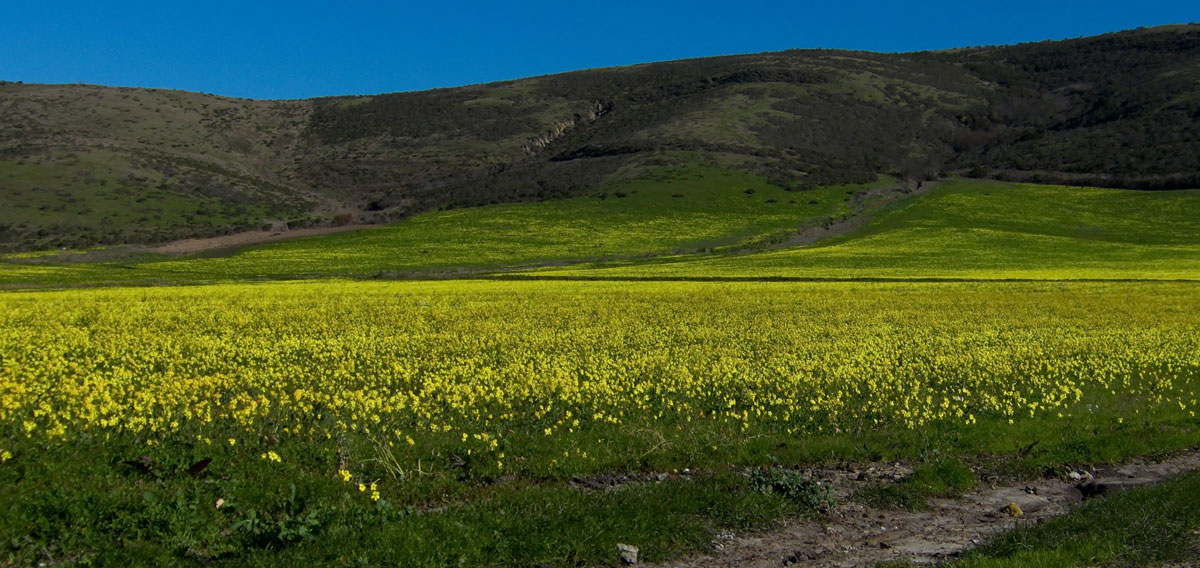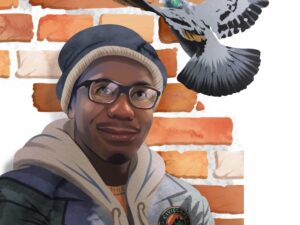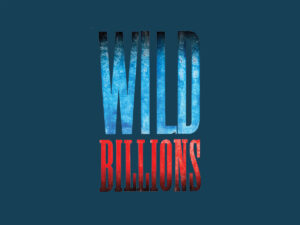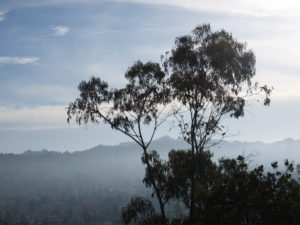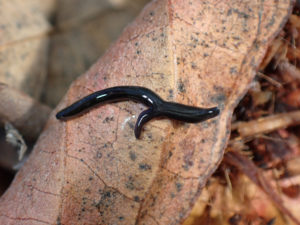Dear Bay Nature,
I had mixed emotions reading “What Honeybees Have Taught Me About Xenophobia.” I was touched by the father-son connection based on animal husbandry and love of the land, and I appreciated the author’s epiphany that he should stop dissing organisms solely for being non-native.
However, I cringed at the exhortation that we “condemn the sentiment that something or someone is inherently bad if it is somehow not ‘native’.” First, it’s a mistake to lump people and other organisms together in this context. Second, while I 100% agree that we need to avoid sloppy communication that implies being non-native is itself a problem, it’s essential to also acknowledge that significant damage is caused by some non-native organisms. If you leave this out, as this article does, a reader (or student) may well misunderstand the seriousness of invasive species.
The simple, but complete, story is that non-native species (whether here in California or elsewhere around the globe). are generally not a problem, and often they are valuable for agriculture and horticulture, but a small percentage do cause damage. There is a rich and varied scientific literature exploring invasion biology, a fascinating field that could use more bright minds in the future, like those of the students the author teaches. The impacts of invasive species—from degraded rangelands to lost wildlife habitat, blocked waterways or increased wildfire fuels—are getting worse, and ecological literacy will be increasingly critical in the future.
Invasive species damage diversity. Protecting diversity is the opposite of xenophobia. We can love our native California wildlands, work to protect them from invasive species, love the many non-native organisms around us that aren’t invasive, and love our neighbors in the multi-cultural tapestry of the Bay Area all at the same time.
Doug Johnson is the executive director of the California Invasive Plant Council.

